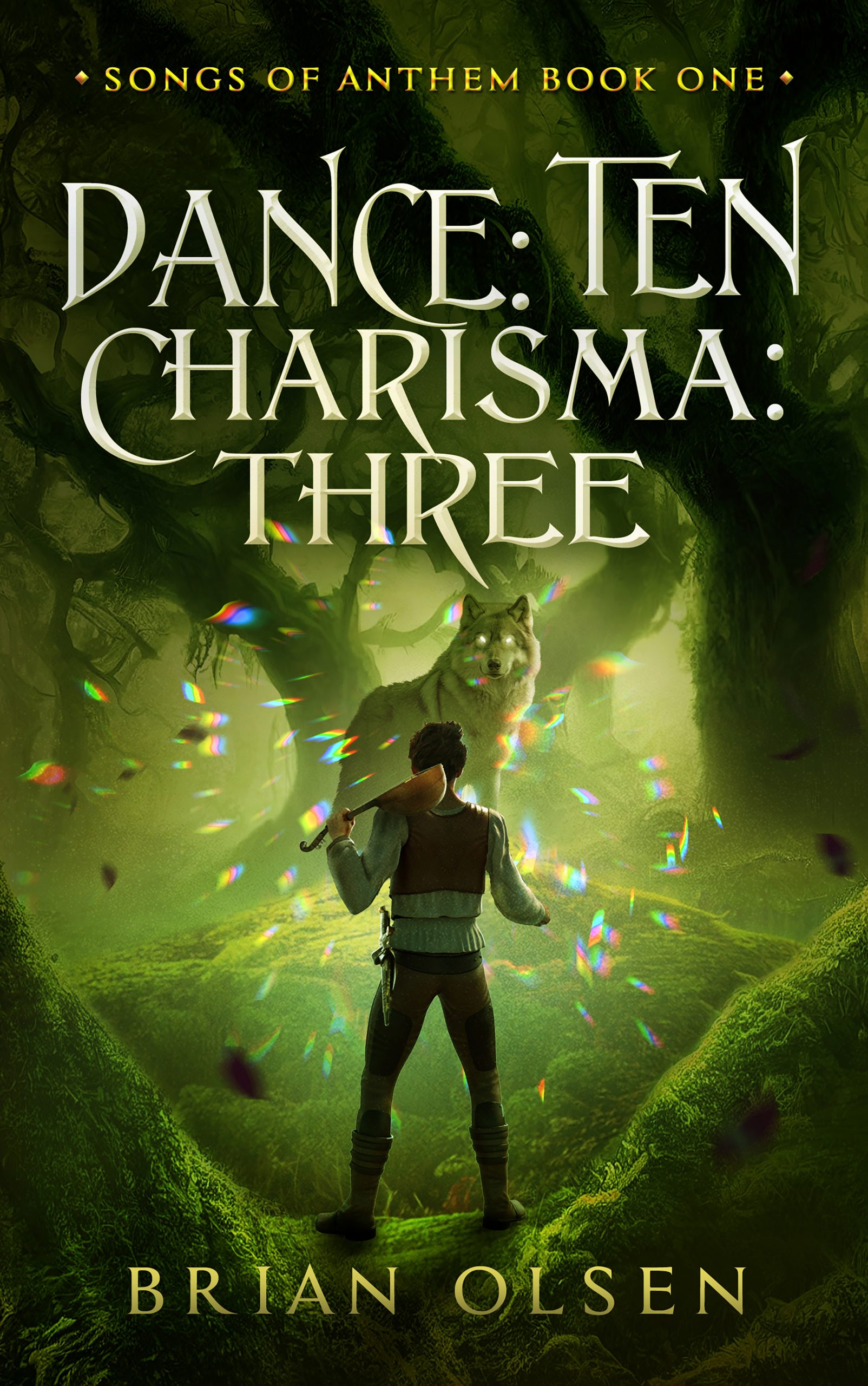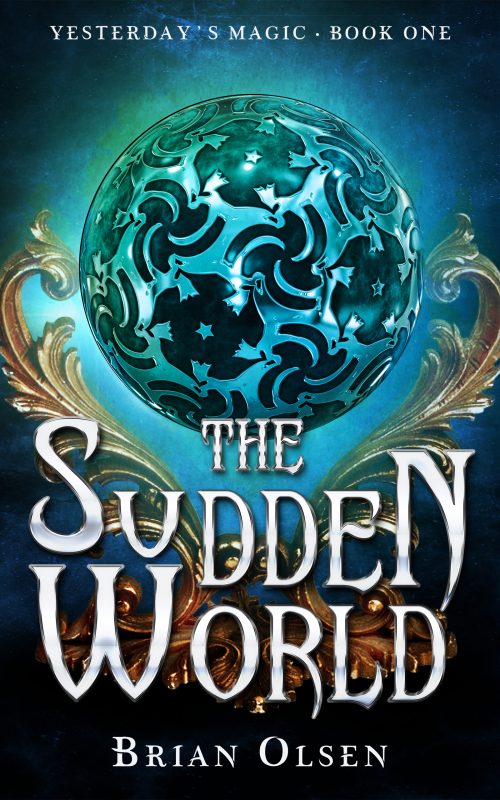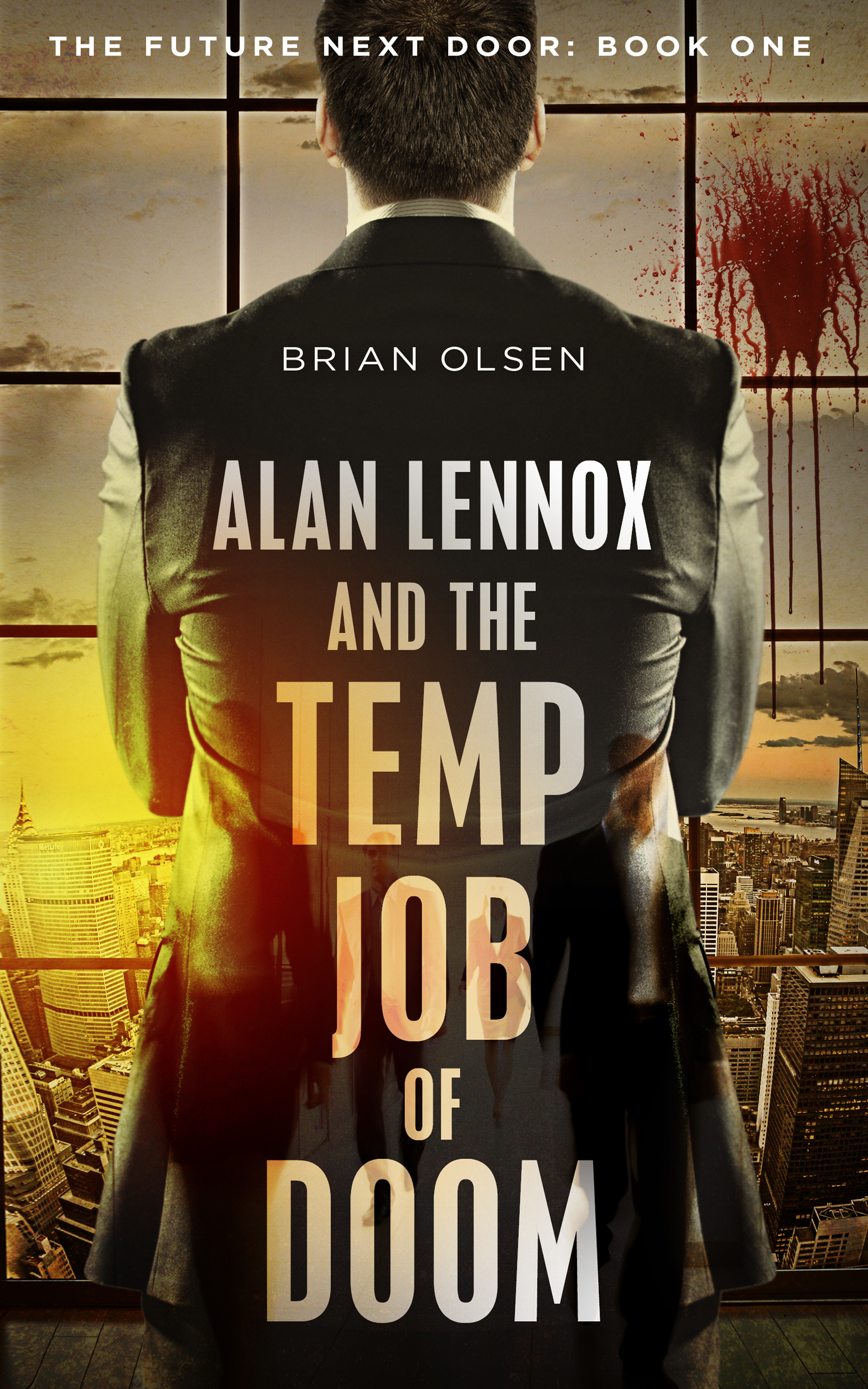I’m in the final steps before publication of my fourth book, Dakota Bell and the Wastes of Time. If you’re curious about the nuts and bolts of self-publishing (and why exactly it takes so damn long between the time I trumpet on Facebook that I’ve finished the last draft and the actual time you can get the book), over the next few weeks I’m going to write some posts going through the final stages of the pre-publishing process. (My stages, that is – other writers have their own processes, but this is what works for me.)
Yesterday I finished the fourth draft of the book. The first draft is, obviously, the first time putting everything down on paper, working from a chapter-by-chapter outline I already prepared. (In this case, I wrote the outlines for the second, third and fourth books in this series immediately after I published the first book). My second draft consists of major revisions – during the first draft I don’t go back and make major changes, I just take notes of what to look at later (so if I find halfway through the first draft that I still need a character I killed off earlier, for example, I don’t go back and fix it then and there, I just keep moving forward. He gets un-killed in the second draft). When I finish the second draft, I load it onto the Kindle app on my phone. I read it through while sitting in front of my computer – looking at it in a different format helps me catch typos and errors I missed before. That’s how I create the third draft.
This third draft is then sent to my beta readers – I’ve got five for this book, and they all go far above and beyond what would be expected of a typical beta reader. I don’t hire a professional editor, so my beta readers serve that function. (Most of them are writers or editors in their own right, so they do a pretty great job.) When I get the notes back from them, I go back through the book incorporating the notes I want to keep (which is most of them). This is also the fastest I’ll go through a draft, which is good – it helps me catch plot, continuity, or stylistic problems I might otherwise have missed. (It’s easy to relate a bit of exposition more than once, for example, just because I forgot I already went through it earlier in the book.) (In this book, one of my beta readers pointed out that the main characters are very pleased with themselves in chapter twenty-seven for figuring out a plot point that was flat-out explained to them back in chapter three. Whoopsie!)
So that’s the story so far. I finished the fourth draft yesterday, and today I begin the fifth and final draft, the draft that will actually see publication. Today was basic maintenance – I have a sort of style guide for myself of problematic words and phrases that pop up in my books. Some of them can be spelled in more than one way and I want to be sure I pick one and stick with it, or they’re words that are easy to get wrong so I want to do one final check for them.
Here’s my list:
- log in, logged in, log out, logged out as a verb; log-in as a noun
- backup as a noun or adjective; back up as a verb; never back-up
- online, not on-line
- workstation, not work station
- okay, not ok
- blonde for a woman, blond for a man
- board of directors, not Board of Directors, unless used formally: “the Amalgamated Synergy Board of Directors,” but “Jack sat on the board of directors.”
- Wi-Fi, not wifi or Wifi or WiFi
- Thirty-third Street, not Thirty-Third Street (I have gone back and forth on this one a million times)
- geez, not jeez
- email, not e-mail
- leaped, not leapt
- make-up, not make up
- park-goers, not parkgoers or park goers
- park employee, not parks employee
- smartphone, not smart phone
- charcoal-gray, not charcoal gray
- St. Mark’s Place, not Saint Mark’s Place
- trapdoor, not trap door
Then there are those characters of my own creation whose names I’m constantly getting wrong:
- AmSyn, not AmSym
- Tamsin, not Tasmin
- Leelee, not Lelee
- McAuley, not MacAuley
After I’ve done that, I’ve got one final sweep:
- Convert all double spaces to single spaces. This happens a lot after punctuation. Easy to fix with find and replace.
- Remove all dangling spaces before or after paragraph marks. This is one place where Scrivener, the program I write in which I otherwise adore, fails me – it can’t find paragraph marks. I have to convert to Word, find them there, then manually delete the spaces in Scrivener.
- Convert all hyphens being used as dashes into proper dashes. ( – to – )
Then there may be random things I have to fix that can vary per book. When I made invisible characters (like spaces) visible, I saw that in this book for some reason after every chapter number (”Chapter Two”) there was an unnecessary tab. Delete and repeat.
Now, in theory, I have a clean draft with no errors. (Hah! Ah, hah hah. Sorry, I couldn’t keep a straight face there.) The next step will be to make an epub file and load it onto my Kindle app for one last pass through. But I’ll get into all of that next time…


